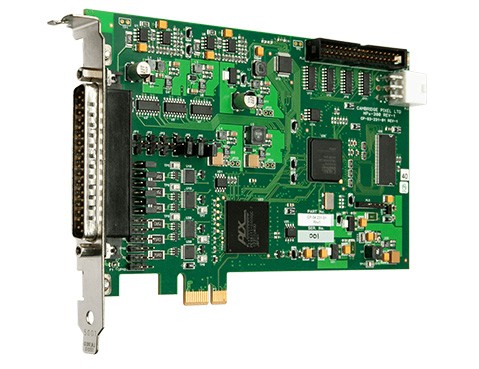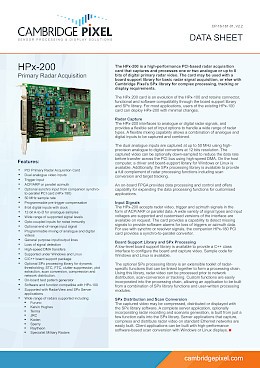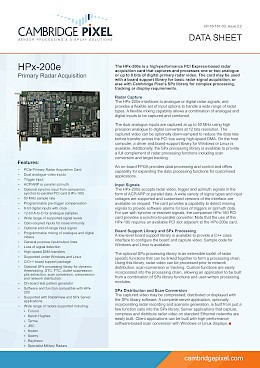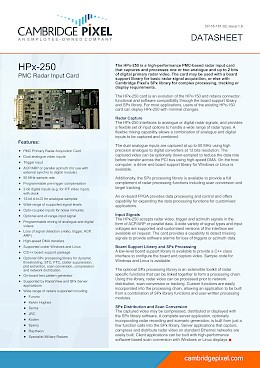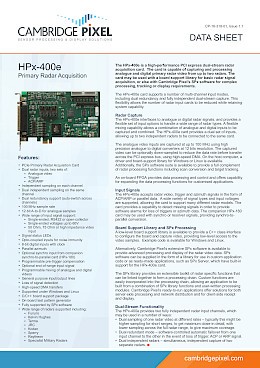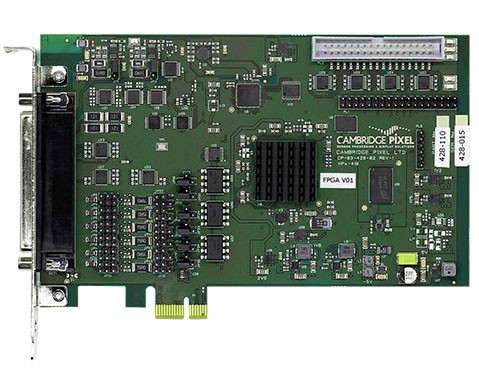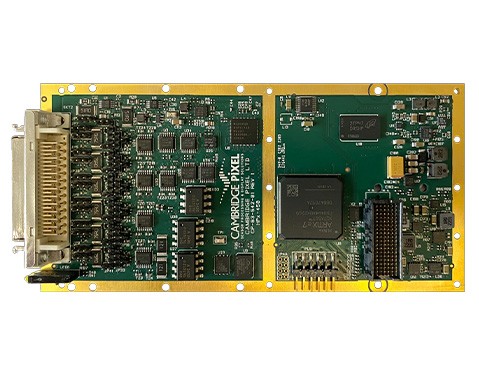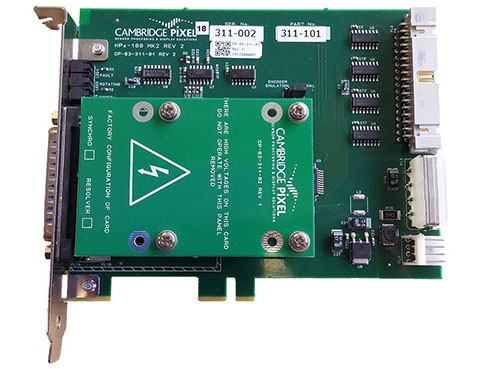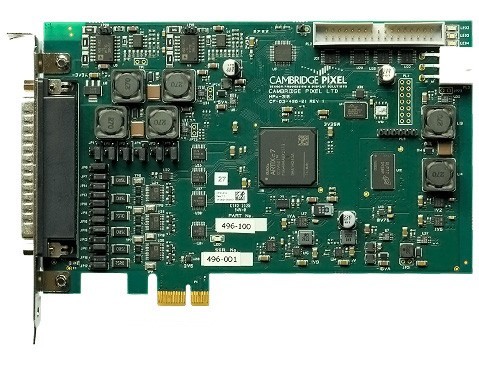HPx-100 PCI radar input card (replaced by HPx-410)
HPx-150 PMC radar input card (replaced by HPx-450)
HPx-200 PCI radar input card (replaced by HPx-410)
HPx-200e PCIe radar input card (replaced by HPx-410)
HPx-250 PMC radar input card (replaced by HPx-450)
HPx-300 PCI radar signal output card (replaced by HPx-310)
HPx-400e PCIe radar input card (replaced by HPx-410)
Legacy Hardware
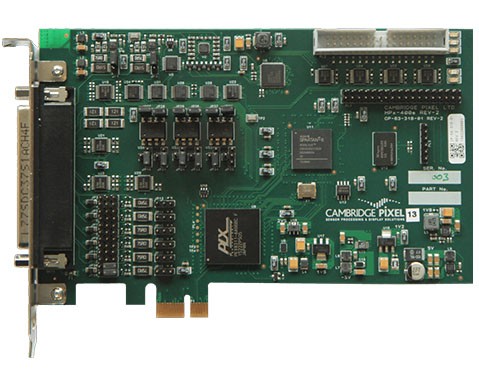
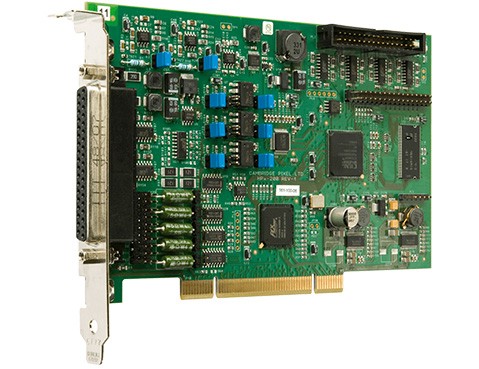
Legacy Hardware Questions
These cards are no longer available for new projects.
How do I get a manual for legacy models?
Please contact support to request a manual.
Datasheets for some legacy products can be found at the end of our Brochures and Datasheets page.
Why are these models no longer available?
Our hardware is constantly improved for performance and reliability. In some cases, components required by older models are no longer available.
Can I buy legacy models?
We do not stock legacy models and generally will not make new ones, as it can be difficult to find the required components. If there is a particular reason you require a legacy model, do get in touch with our support team.
